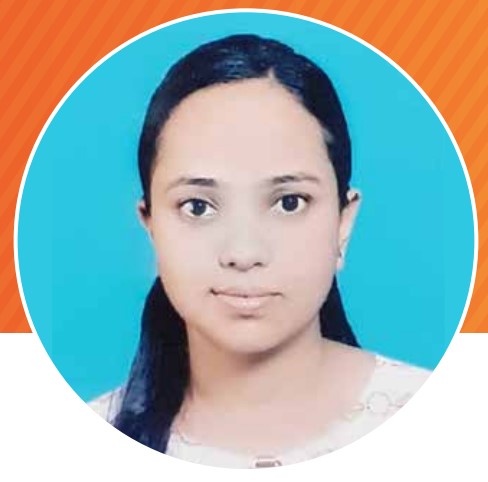OUR FACILITIES
Stuttering
Stuttering or Stammering is a disorder of speech. There are stoppages and disruptions which interrupt the smooth flow and timing of the speech.
Child Language Disorder
Language disorder in children refers to problems with either expressive language disorder. Others have a mixed receptive-expressive language disorder. Children with language disorders are able to produce sounds and their speech can be understood. The common disorders include: Autism, ADHD, Mental Retardation, Hearing Impairment, Dyslexia, Specific Language Impairment, Semantic Pragmatic Disorder, Childhood Apraxia.
Neurogenic Motor Speech Disorder
A group of speech disorders resulting from disturbances in muscular control-weakness, slowness or incoordination of the speech mechanism due to damage to the central or peripheral nervous system or both.
Autism
Autism is a highly heritable, neurodevelopmental disorder characterized by impaired social interaction, verbal and non-verbal communication, and restricted and repetitive behavior.
Cerebral Palsy
Cerebral palsy (CP) is a group of permanent movement disorders that appear in early childhood and include problems like: poor coordination, stiff muscles, weak muscles, trouble swallowing or speaking, and tremors among others. There may also be problems withsensation, vision, and hearing.
Voice Disorder
Voice disorder is a medical condition involving abnormal pitch, loudness or quality of the sound produced by the larynx and thereby affecting speech production.
Apraxia
Apraxia is a disorder of motor planning, caused by damage to the brain (specifically the Posterior Parietal Cortex), in which someone has difficulty with the motor planning to perform tasks or movements when asked, provided that the request or command is understood and he/she is willing to perform the task.
Dysarthria
Dysarthria is a motor speech disorder resulting from neurological injury of the motor component of the motor speech system.
Dysarthria
Dysarthria is a motor speech disorder resulting from neurological injury of the motor component of the motor speech system.
Multiple Disabilities
Multiple disabilities is a term for a person with several disabilities, such as sensory disability associated with a motor disability. Individual usually has more than one significant disability, such as movement difficulties, sensory loss, and/or a behavior or emotional disorder.
Computerized skill training
Computerized training sessions are arranged to have a positive impact on executive functioning, including working memory (WM) in children.
Cleft Lip and Palate
Cleft Lip and Palate are among the most common congenital anomalies. The management of these diseases represent a commitment to the care of the afflicted child over the course of the child’s development into adulthood.
Traumatic Brain Injury
Traumatic brain injury (TBI) occurs when an external mechanical force causes complex injury with a broad spectrum of symptoms and disabilities of the brain.
Mental Retardation
Mental retardation (MR) is a condition diagnosed before age 18, usually in infancy or prior to birth, that includes below-average general intellectual function, and a lack of the skills necessary for daily living.
Dyslexia
Dyslexia is a learning disability characterised by trouble reading despite a normal intelligence.
Individual Programme
Individual training session is organized to emphasize on each child and their personal development.
Vocational training programme
Vocational Training Programmes generally focus on providing children with hands-on instruction in a specific trade, generally allow them to forgo the general education courses and allied developments. This includes:Computer training, Screen printing, Hand craft etc.














